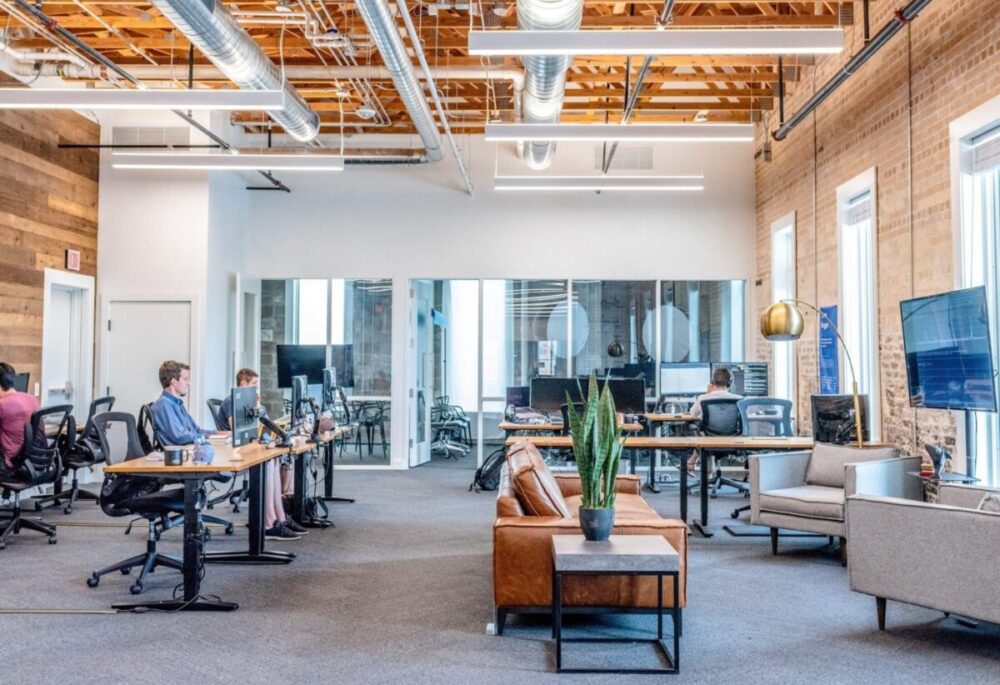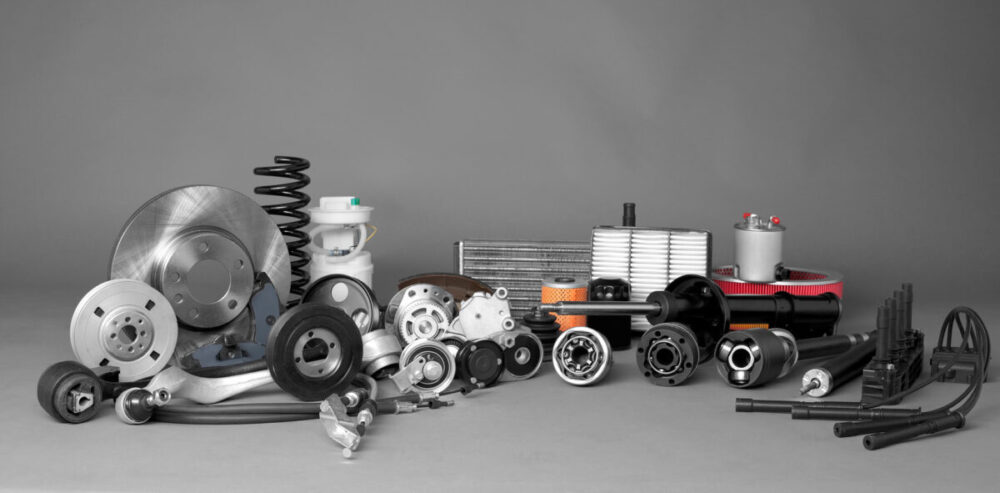Improving office acoustics is a critical aspect of creating a productive and comfortable work environment. Poor acoustics can lead to distractions, reduced productivity, and even health issues such as increased stress and hearing problems.
This article explores innovative ways to enhance office acoustics, offering practical tips for a quieter workspace.
Understanding Office Acoustics
Before delving into solutions, it’s essential to understand what office acoustics entail. Acoustics in an office setting involves controlling sound within the space to minimize noise levels, reduce echo, and prevent sound from traveling in unwanted ways.
Factors such as room size, materials used in construction, and office layout play a significant role in acoustics. Understanding these elements is crucial for identifying the right solutions.
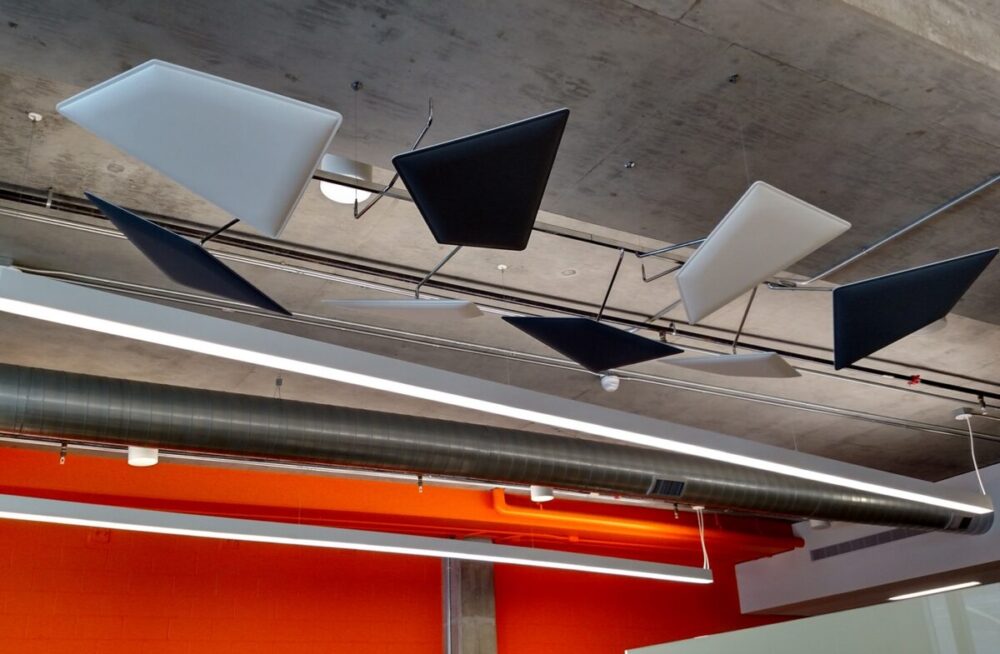
Acoustic Materials and Their Use
One of the primary ways to improve acoustics is by using materials designed to absorb or block sound. Acoustic panels, tiles, and curtains are some examples.
These materials can be installed on walls, ceilings, and even floors to help absorb sound, reduce echoes, and prevent sound from bouncing around the room. The choice of materials should depend on the specific acoustic needs of the office, as well as aesthetic considerations.
Redesigning Office Layout
The layout of an office can significantly impact its acoustics. Open-plan offices, while popular for fostering collaboration, often suffer from poor acoustics.
Redesigning the layout to include sound-absorbing partitions, strategically placed furniture, and designated quiet areas can drastically improve sound management.
Additionally, placing noisy equipment like printers in separate rooms or areas can help reduce overall noise levels.

Innovative Acoustic Technology
Advancements in technology have led to innovative solutions for office acoustics. Sound masking systems, for example, emit a subtle, ambient sound similar to airflow, which can mask distracting noises.
Another example is acoustic lighting, which combines light fixtures with sound-absorbing materials, serving a dual purpose without taking up additional space.
Incorporating Nature for Sound Absorption
Integrating natural elements into office design can also improve acoustics. Plants, for instance, are not only aesthetically pleasing but can also absorb sound.
Creating green walls or placing large potted plants strategically around the office can help dampen noise.
Additionally, natural materials like wood and stone have inherent sound-absorbing properties and can be incorporated into office design.
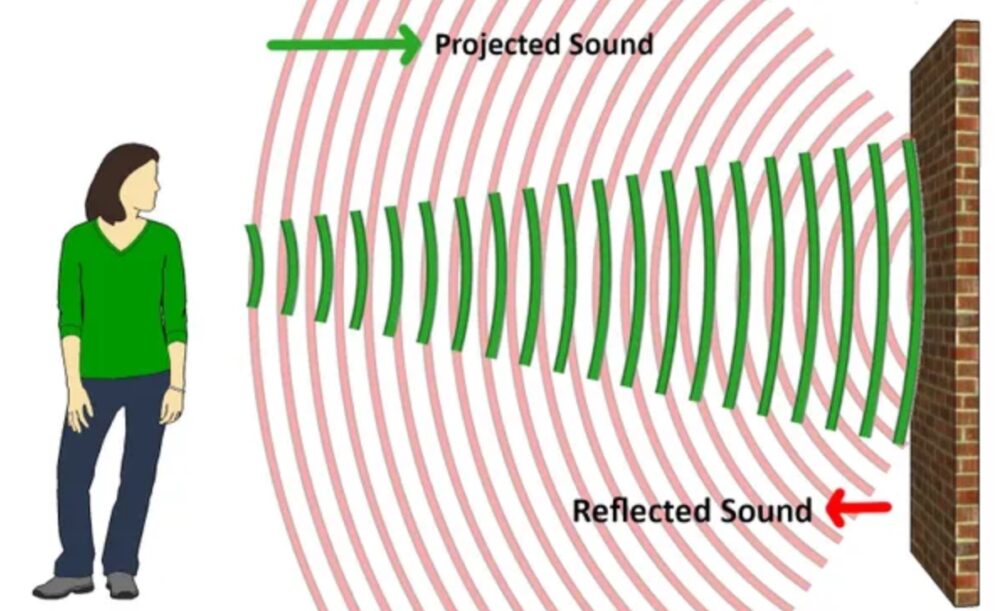
Psychological Impact of Improved Office Acoustics
The psychological impact of improved office acoustics is profound. Noise pollution in the workplace can lead to increased stress, reduced concentration, and lower overall job satisfaction.
By enhancing office acoustics, these negative effects can be mitigated. Improved acoustics contribute to a quieter environment, which can significantly boost concentration, productivity, and mental well-being.
Additionally, a well-designed acoustic environment can subconsciously signal a caring and considerate workplace, positively influencing employee morale and job satisfaction. In essence, investing in good office acoustics goes beyond physical comfort; it directly impacts the mental and emotional well-being of employees.
Employee Involvement and Behavior Changes
Finally, addressing office acoustics isn’t just about physical changes to the space. Involving employees in the process and encouraging behavior changes can also make a significant impact.
Establishing office etiquette regarding noise levels, encouraging the use of headphones, and providing quiet zones for focused work can all contribute to a more acoustically pleasant environment.
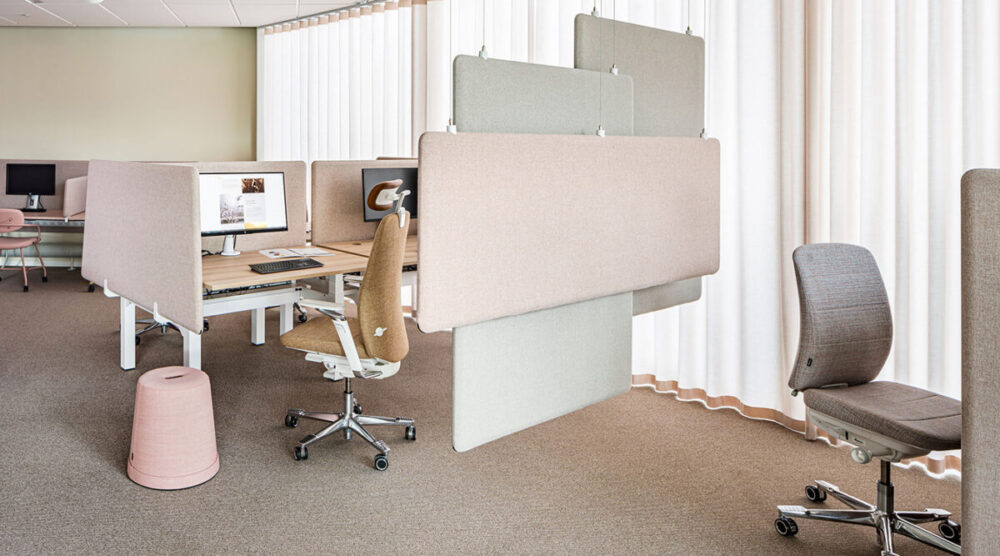
Summary
In summary, improving office acoustics requires a multifaceted approach, combining material choices, office layout redesign, technological solutions, natural elements, and employee involvement.
By addressing these areas, businesses can create a quieter, more productive workspace conducive to the well-being and efficiency of their employees.

